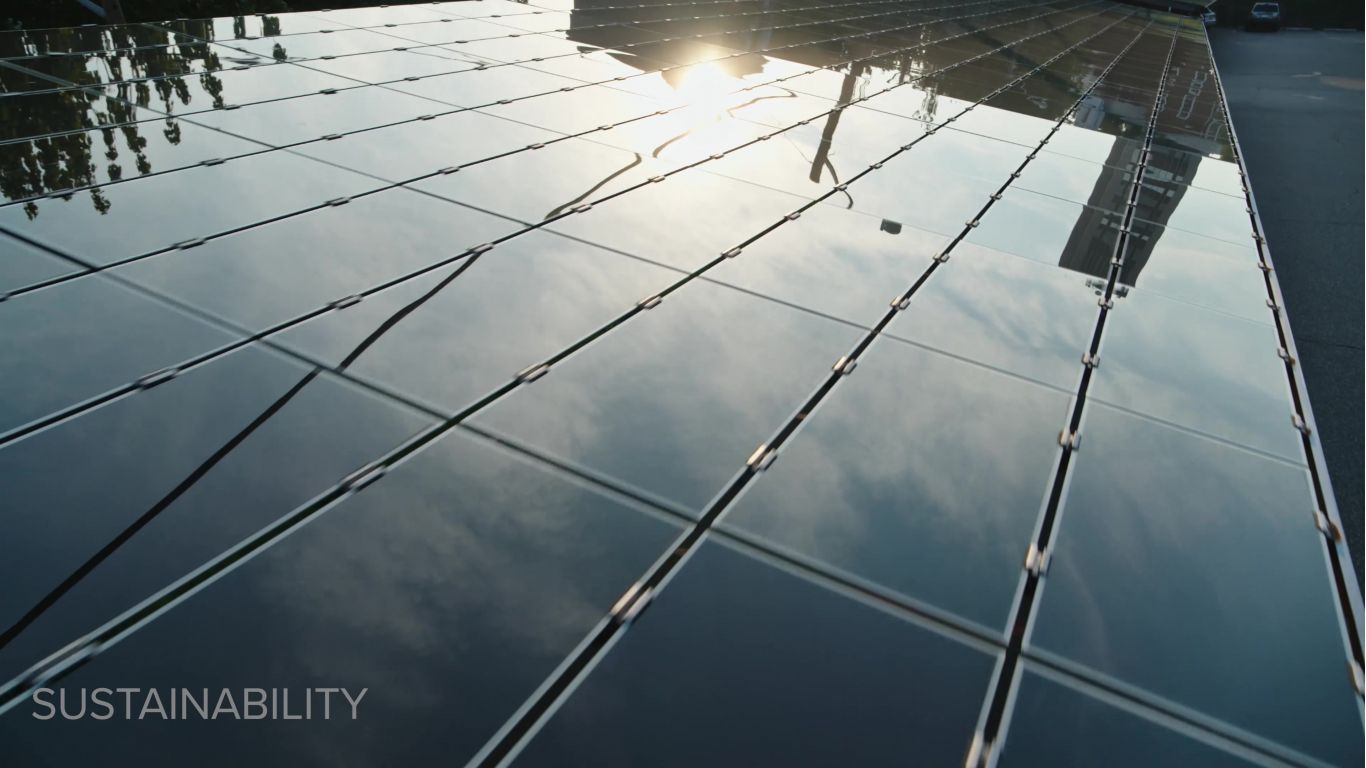Discover how the Tier 4 RECS Program will affect your business in New York City

On October 15, 2020, The State of New York’s Public Service Commission released an order that established the Tier 4 Renewable Energy Credits (RECs) program in New York City. The Tier 4 Program was created to support the Climate Leadership and Community Protection Act (CLCPA) and The New York State Clean Energy Standard state goals. The Tier 4 Program allows for purchasing RECs produced or delivered in New York City Zone J to offset building emissions under Local Law 97. As part of this program, Tier 4 was also designed to increase the availability of clean energy resources to Zone J through new renewable energy projects. Throughout 2021, NYSERDA heard proposals for multiple renewable energy projects bidding for the contract award. As of September 2021, NYSERDA selected two contracts for the Tier 4 contract awards, Clean Path New York (CPNY) and Champlain Hudson Power Express (CHPE). Before construction can begin, both projects must be approved by the New York Public Service Commission, which is expected to be completed in 2021.
Keep reading to earn more about the benefits of this renewable energy policy in New York City.
on Friday, 17 December 2021.
Posted in Renewable energy policy New York City, NY , Renewable energy policy
Offsetting your global footprint with solar storage systems and more in New York City
According to the EPA, organizations working to lower their greenhouse gas (GHG) emissions footprint have various mitigation options at their disposal, "including activities to reduce their direct emissions, indirect emissions like energy efficiency measures and switching to green power, and paying for external reductions. Knowing the differences between instruments like RECs and offsets is critical to deciding how both may be useful to your organization."
on Tuesday, 30 November 2021.
Posted in Solar storage system New York City NY , Solar storage system
Discover what your business needs to know about upcoming carbon emission limits

New York City has committed to achieving carbon neutrality in the coming decades to reduce the impacts of climate change and create a more sustainable future. One step that has been taken towards achieving this goal was the passage of the Climate Mobilization Act and Local Law 97. However, these policies alone may be insufficient to reach the ambitious goals set out by the New York City Government.
A study commissioned by the NYC Mayor’s Office of Sustainability (MOS), Con Edison, and National Grid determined that large-scale coordination and collaboration will be required to address climate change at the pace and scale that climate scientists recommend, and ongoing innovation, new technology, high-quality carbon offsets, and more will be needed. Still, these cutting-edge policies are an important testament to NYC’s dedication to sustainability.
Keep reading to learn more about Local Law 97 climate legislation and how your business can better prepare your sustainable energy strategy for a greener future in New York City and surrounding areas.
on Friday, 01 October 2021.
Posted in Sustainable Energy Strategy New York City NY , Sustainable Energy Strategy
Unravel this complex legislation and how it will affect your business’s renewable energy policy
Business owners in New York City and surrounding areas might have heard of the Climate Leadership and Community Protection Act (CLCPA) and wondered if it will affect their operations. This new law, which aims to reduce energy consumption, is the first step in a long march towards addressing climate change. By increasing access to reliable energy sources, reducing greenhouse gases and local pollution, the CLCPA provided every New Yorker the opportunity to help keep our communities healthy. Read on to learn more about how this will affect your business’s renewable energy policy.
on Wednesday, 01 September 2021.
Posted in Renewable energy policy New York City, NY , Renewable energy policy



